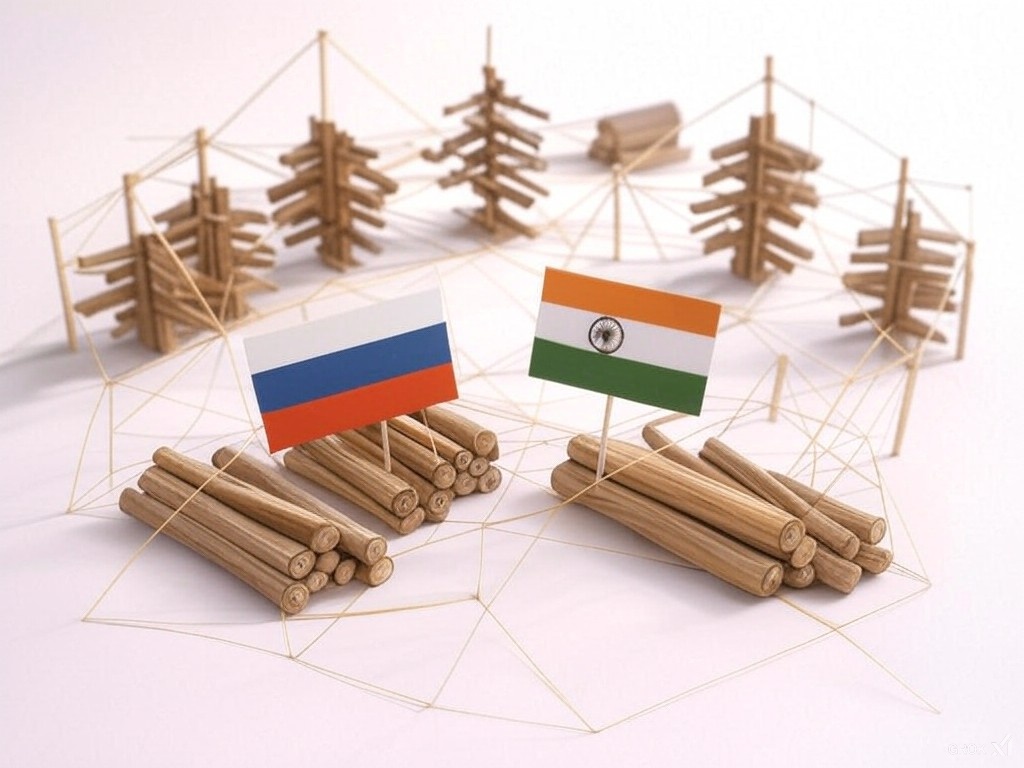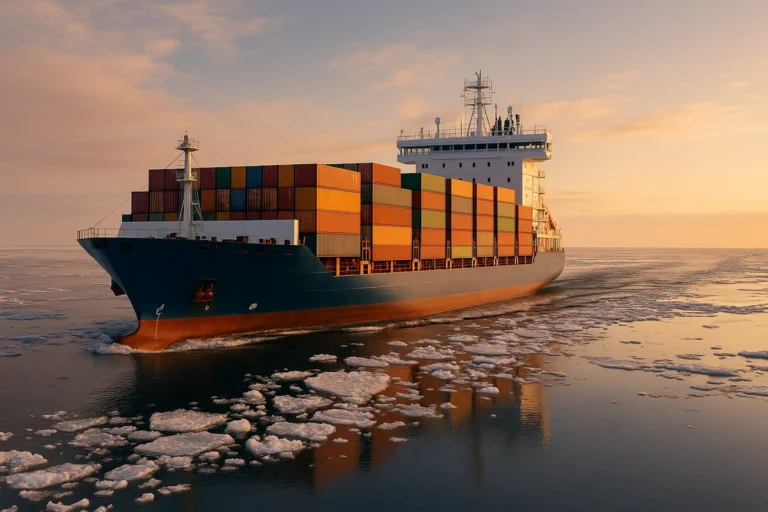
Seizing Strategic Opportunities in a Changing World
As global dynamics reshape international trade, Russia and India are redefining their partnership in the timber sector. Speaking at the Eastern Economic Forum, Segezha Group emphasized the untapped potential for growth and deeper collaboration in this area.
Current Trade Realities: Small Numbers, Big Possibilities
India currently accounts for only 3% of Russia’s total forest industry exports, with Segezha Group’s share of exports to India at a mere 1%. Despite these modest figures, Segezha Group has ambitious plans to increase its deliveries to India by 50% compared to 2022, aiming to tap into the vast potential the Indian market offers.
However, challenges remain. Indian import duties on Russian timber products are notably higher than those applied to other exporters. For instance, duties on plywood can reach 30%, while paper imports face a 10% tariff, compared to rates of 0–7% for competing nations. Logistics costs also represent a significant hurdle, with Segezha Group identifying cost thresholds required for operational efficiency.
Diversifying Timber Solutions for India
Segezha Group currently exports classic sawn timber and plywood to India but is working to expand its range of products. These efforts include modular wooden house kits and biofuels such as wood pellets, which offer a sustainable alternative to coal and align with India’s renewable energy objectives.
The company has identified the potential to export up to 50 million m³ of processed timber annually to India, equivalent to 25% of Russia’s timber harvest. This projection underscores the complementary nature of Russian timber, which meets different quality and application standards compared to India’s domestic timber production.
Political Dynamics: Paving the Way for Collaboration
The Russia-India timber partnership is shaped by evolving trade alliances and geopolitical considerations. Strengthening this relationship requires policy reforms, including equitable tariff structures, to ensure Russian timber products can compete effectively in the Indian market. This alignment reflects broader trends in BRICS nations, where mutual cooperation is seen as a pathway to economic resilience.
Segezha Group’s focus on logistics optimization and tariff negotiations signals a proactive approach to overcoming trade barriers and fostering deeper economic ties with India.
Economic Prospects: Building Sustainable Futures
An expanded timber trade between Russia and India offers wide-ranging economic benefits. Beyond revenue generation, it paves the way for innovation in sustainable construction and renewable energy. Products like modular wooden homes address housing needs, while wood pellets contribute to India’s transition away from coal.
Addressing logistics and cost challenges remains essential to unlocking the full potential of this trade. By investing in efficient transportation networks and advocating for fair tariff policies, both countries stand to gain from increased trade volumes and diversified product offerings.
Outlook: Strengthening Ties in Timber and Beyond
The growing timber trade between Russia and India exemplifies the potential for deeper economic cooperation. By addressing existing barriers and capitalizing on new opportunities, this partnership could become a key driver of sustainable development and economic growth, reinforcing the broader strategic relationship between the two nations.
Key Takeaways:
- India represents only 3% of Russia’s timber exports, with significant room for growth.
- Lower tariffs and optimized logistics are crucial for boosting trade.
- Segezha Group is diversifying its exports to include modular homes and biofuels.
- The partnership highlights the potential for BRICS nations to foster economic resilience through trade.



